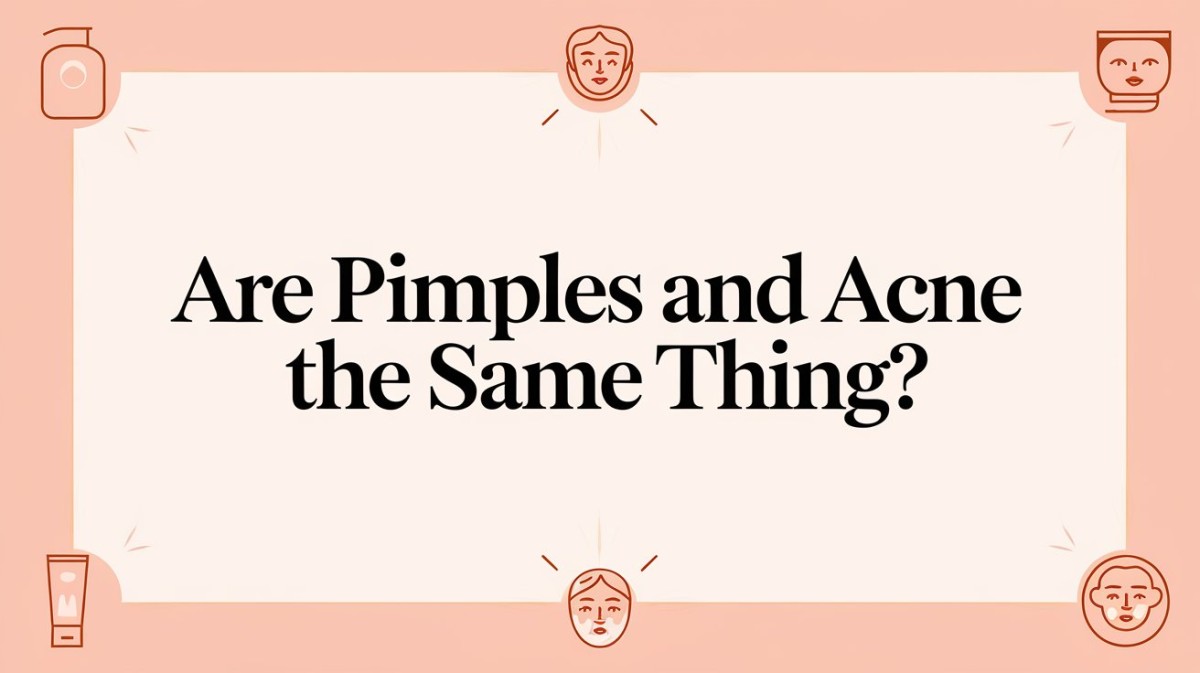Have you ever sat down and wondered how acne differs from pimples? If so, you’re not alone! While its been tough to spend time distinguishing these phrases, they are not exactly the same. Though both terms are similar it is very important to understand the difference between acne and pimples. How are they different and how can the knowledge of these differences be used to good effect?
Here in this blog post, we are going to look at the various characteristics of acne and pimples, causes and measures to take in the management of acne and pimples. Let’s dive in!
What is Acne?
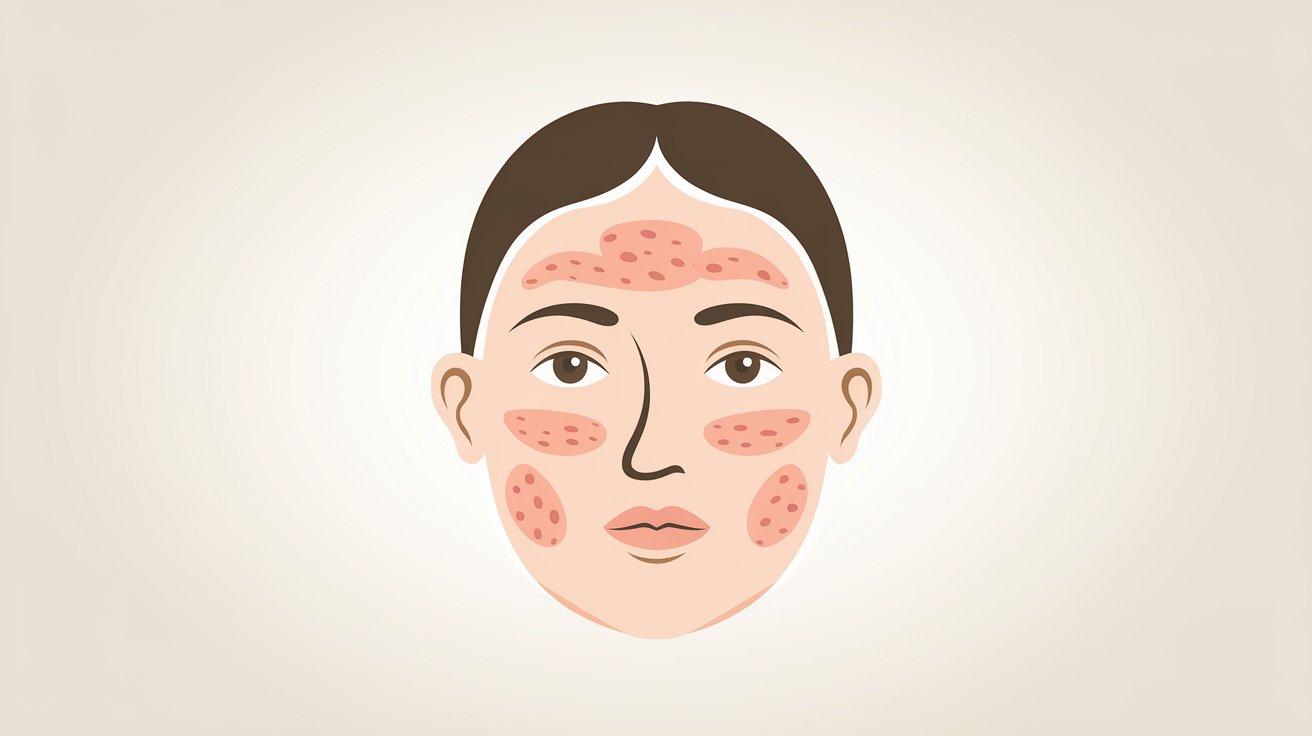
Acne is a skin problem that occurs when oil, dead skin and bacteria accumulate and form a plug in the hair follicle. It is a long-lasting problem that might be faced by individuals of various ages, but the peak of the problem among teenagers because of hormonal fluctuations. They can develop on the face, neck, chest, back, and shoulders but can actually occur on any part of the body.
Types of Acne:
❖ Whiteheads: Raised, round, smooth-surface, dome-shaped flesh-colored or skin-colored paules.
❖ Blackheads: Pimple like structures on the skin comprising of a black head which is oxidized black substance in the depth of the pore.
❖ Papules: Usually red-small bumps that cause itching or pain to the naked touch.
❖ Pustules (Pimples): Small red swollen nodules with a pustule at their tips.
❖ Nodules: Infections that form large, painful nodules which are located deeper in the skin tissue.
❖ Cysts: Very tender nodules, sometimes boiling, under the skin, forming a scar.
What is a Pimple?
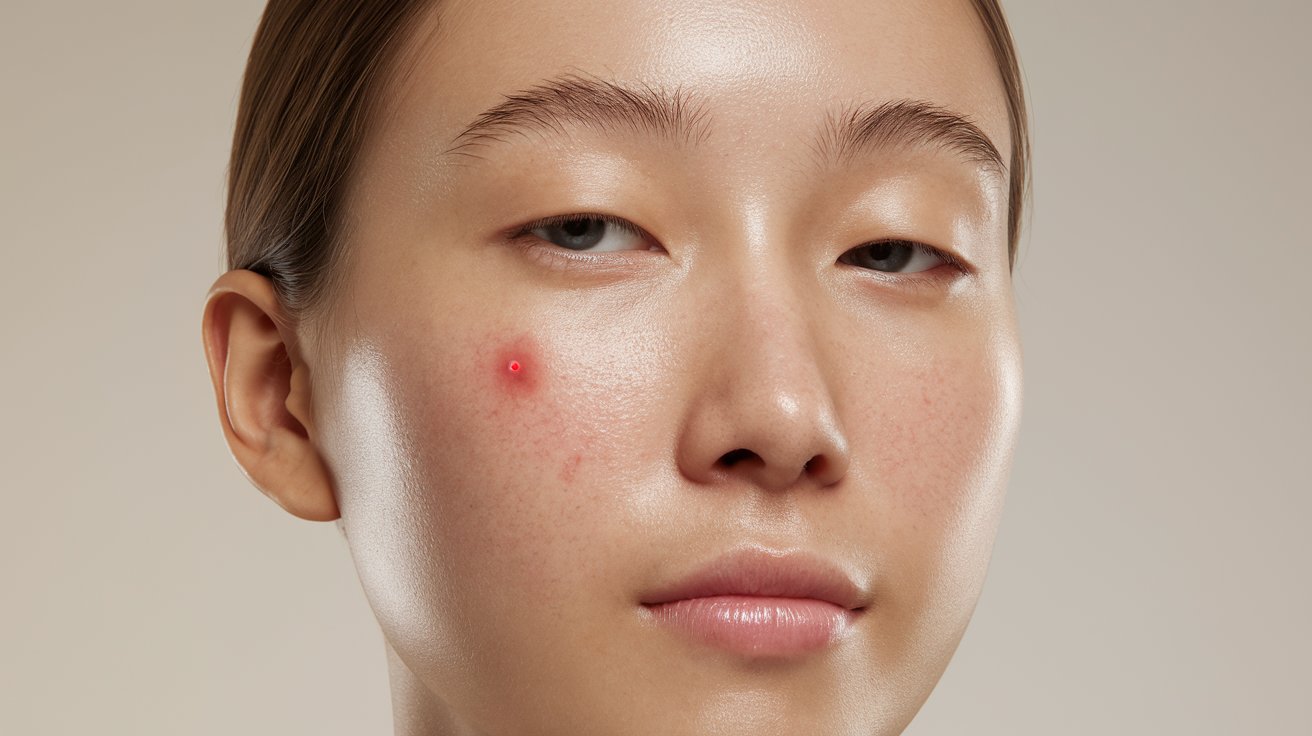
A pimple is a subset of acne in which hair follicles become plugged with a material that is derived from the sebaceous gland, as well as dead skin cells. Acne most commonly presents as pustules – red raised spots with a white or yellow head filled with clear yellow pus. Although acne can be generally defined, pimples are only one form of acne.
The Key Differences Between Acne and Pimples
Although acne and pimples are related, there are key differences:
Definition:
❖ Acne is a recurrent diseased characterized by different forms of skin lesions such as comedones, papules, pustules, nodules and cysts.
❖ Zits are just a subcategory of blackheads or pimples which are red colored, raised, inflammation with pus filled lesions.
Scope:
❖ Acne refers to all types of skin conditions, from as simple as blackheads to more severe like cystic acne.
❖ A pimple is an isolated spot of the acne and is usually smaller than a nodule or a cyst.
Severity:
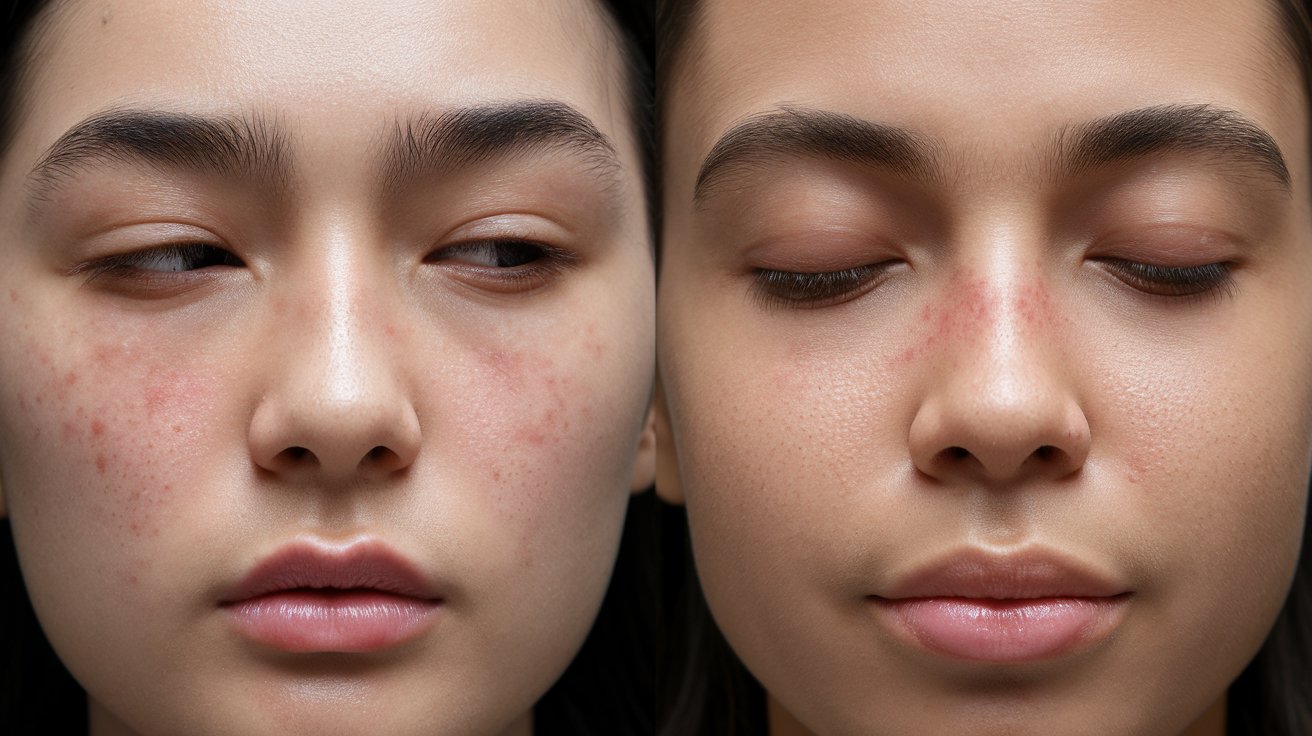
❖ The disease comes in different levels and this couples it with long term skin complications like acne scar and skin discoloration.
❖ Zits are usually less extreme in terms of the skin’s condition however when they turn into pustules, they cause pain or discomfort.
Chronic vs. Acute:
❖ Acne thus is deemed skin condition that may take many years without fully healing especially if left untreated.
❖ Pimples are more severe and could be (very) localized or erupt at random intervals or due to any provocation- stress, unhealthy diet, hormonal changes, etc.
Causes of Acne and Pimples

Similar to acne, pimples are caused by similar factors but some factors may predispose one to acute cases of acne as compared to occasional pimples.
Causes of Acne:
❖ Hormonal Changes: Circulating hormones during puberty or menstruation, or pregnant hormonal changes may lead to the sebaceous gland overproduction of sebum thus resulting in acne.
❖ Excess Oil Production: Sebum is an oily substance secreted by the skins glands and when the skin releases excess sebum it only acts as an ideal breeding ground for acne.
❖ Bacteria: P.acnes , also known as propionibacterium acnes, normally establishes itself in blocked pores and leads to formation of acne.
❖ Genetics: It also becomes hereditary; if members of your family have acne, then there are chances that you are likely to get acne.
❖ Diet: Refined sugars and dairy products and other foods which have high glycemic index have a way of causing a flare up of acne.
Causes of Pimples:
❖ Clogged Pores: Clogged pores due to oil and dead skin and build up cause pimples.
❖ Bacterial Growth: When bacteria get hardend in the pores they cause inflammation and lead to production of pustules which are pimples.
❖ Stress: Stress hormones can actually induce the production of sebum, as well as compromise pimples and other skin problems.
❖ Diet and Lifestyle: Neglected diet, sleep deficiency, and stress all cause pimples.
Treating Acne vs. Pimples

The treatments for acne and pimples may sometimes be similar but depending of the severity of the acne we shall opt for this treatment or the other.
Treating Acne:
For moderate to severe acne, you may need a comprehensive treatment plan, including:
Topical Treatments:
❖ Benzoyl Peroxide: This assists in eradication of bacteria and or inflammation.
❖ Salicylic Acid: Removes skin debris and dead cells and prevents the blockage of the skin’s pores.
❖ Retinoids: Promotes skin renewal and keeps the pores from becoming blocked.
Oral Medications:
❖ Antibiotics: The assays show that the recipes decrease inflammation and destroy bacteria.
❖ Birth Control Pills: Keep levels of hormones which can trigger acne breakouts under check.
❖ Isotretinoin (Accutane): An effective drug for treating highly severe form of skin condition called cystic acne.
Professional Treatments:
❖ Chemical Peels: Chaffs off the epidermis surface and promotes he new skin formation.
❖ Laser Therapy: Inhibits bacterial growth and it decreases secretion of sebum.
❖ Drainage and Extraction: In the cases where cysts are big, a dermatologist may remove them by inserting a small needle to empty them.
Treating Pimples:
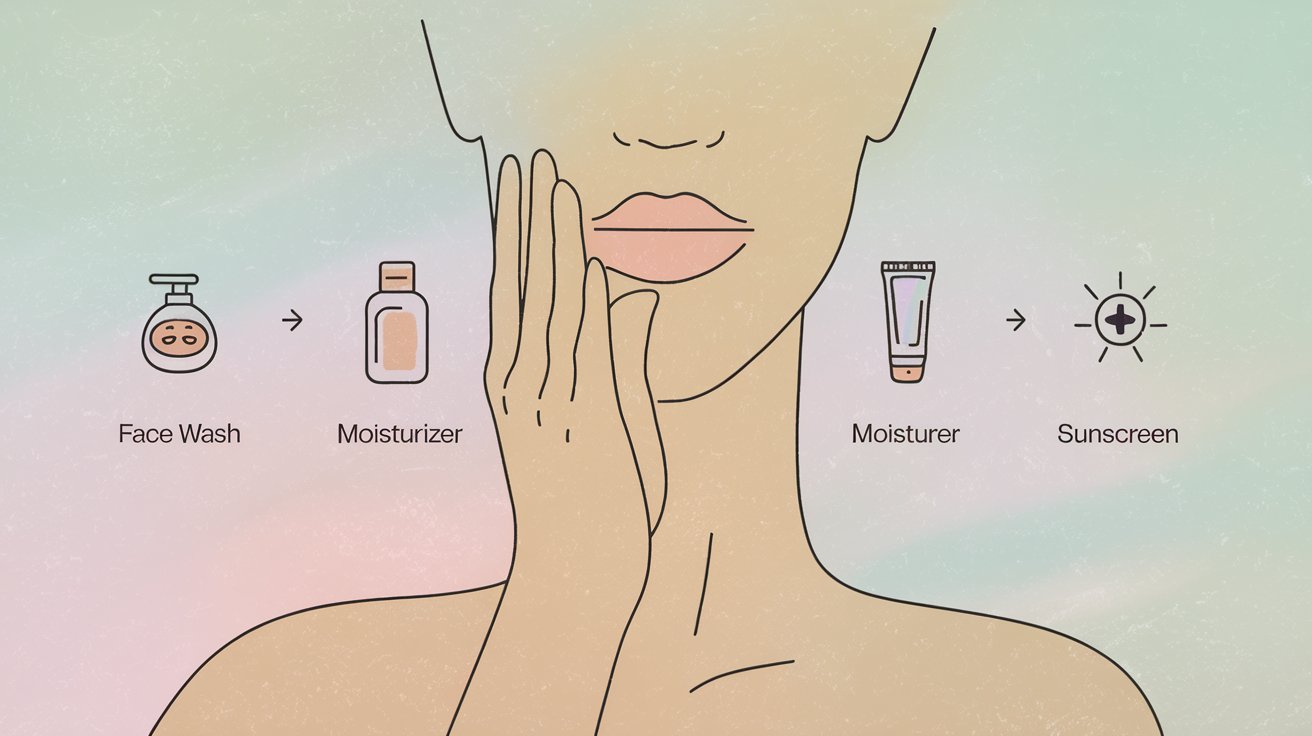
Since pimples are often isolated occurrences, they can usually be treated with over-the-counter products:
Spot Treatments:
Benzoyl Peroxide or Salicylic Acid may be used to rectify and soothe redness and congestion caused by blocked pores.
At-Home Remedies:
❖ Tea Tree Oil: An antibiotic which prevents inflammation The compound prevents bacterial growth, and it is also an anti-inflammatory agent.
❖ Aloe Vera: As it has the reputation of a relaxing agent; it can demphasiz inflammation.
❖ Ice: Therefore, it can be benefited from by applying ice to minimize such signs of inflammation such as redness and swelling.
Lifestyle Changes:
❖ Good Skincare Routine: Wash your skin and use lotion without oil on it, and make sure to use nonclogging products on it.
❖ Avoid Picking at Pimples: This can cause further inflammation and result in scarring, as Sema et al also pointed out.
Natural Treatment For Acne and Pimples
❖ Both acne and pimples therefore should be prevented at all cost. Incorporating the following habits into your routine can help:
❖ Cleanse Regularly: Make sure you cleanse your face morning and in the evening, using a mild facial cleanser to help eliminate the accumulation of sebum.
❖ Exfoliate: Using exfoliate usually, is advantageous since it relieves the skin from the dead cells that cause blockage of skin pores.
❖ Use Non-Comedogenic Products: Avoid products that cause clogging of pores, and this is because they come labeled “non-comedogenic.”
❖ Maintain a Healthy Diet: Reduce your intake of foods that have high glycemic index that will lead to skin problems and embrace fruits, vegetable and whole grain diet.
❖ Manage Stress: Transcend different stress inducing exercises such as yoga, meditation or even physical exercises to avoid breakouts.
Conclusion
Despite the fact that acne and pimples are almost synonyms, it is crucial to examine the difference between the two in order to administer the right cure. Acne is a general class of skin disease which can be prolonged, whereas pimples are specifically categorized as a type of acne. If you identify the causes of acne and follow the correct skin care regimen, you as well can overcome both acne and pimples to have a healthy skin.
Should you need professional help regarding constant appearance of acne or severe pimples it is advised to turn to a dermatologist.
